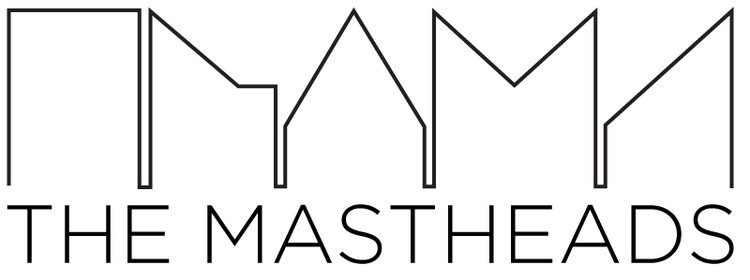The Mastheads mobile studios move throughout the Pittsfield urbanscape to celebrate local literary heritage and to provide physical platforms for the creation of new written work.
The Mastheads studios are constructed from planes of cross-laminated timber, each with an integral bench, desk, and pivoting wall panels that frame views and allow for the movement of natural light and breezes.
Each studio interprets a fragment of the historic structures where five American Renaissance authors wrote while in and around Pittsfield: Melville’s end-gable study, Hawthorne’s attic roof valley, Longfellow’s stairwell, Holmes’s nesting boxes, and Thoreau’s observation tower.
Melville studio.
The Melville studio mimics the shape of his home study at Arrowhead, tucked at the end of the gable roof as it slopes east. The main portal is oriented north in the direction of Mount Greylock, and is aligned with a skylight that stretches the length of the roof, connecting the inhabitant to the elements outside. Two interior windows are of a more domestic scale. The Melville studio contrasts the experience of “the port” and “the gale”, or “the coziness of indoors with the freedom of outdoors” (from The Piazza).
Hawthorne studio.
The Hawthorne studio is cut at a valley between two gables, referencing The House of Seven Gables, which Hawthorne wrote in the Berkshires, and creating a diagonal split within the interior space. One half of the studio has large openings that reach out to its surroundings, while the other half has tiny window portals, shutting out visitors and views. The space represents Hawthorne’s conflicting desires to retreat from and engage with the outside world.
Longfellow studio.
Elm Knoll, the Pittsfield home of Longfellow’s wife, Fanny Appleton, inspired the flared roof edge and elongated windows of the Longfellow studio. In the stairwell of this house, Longfellow wrote his poem, The Old Clock in the Stairs, about the passage of time and generations through a house. The square window seat in the Longfellow studio is in the language of furniture, scaled to the human body, as in a domestic interior.
Holmes studio.
Oliver Wendell Holmes Sr. was a physician and poet, who described the human soul as “the innermost of a nest of boxes.” His Pittsfield summer house, “Holmesdale,” was also arranged as a nest of boxes: a sequence of three adjacent volumes, descending in size, linked along a central axis. The Holmes studio takes the form of the smallest of these three volumes.
Thoreau studio.
In one of Thoreau’s earliest travel journals, A Week on the Concord and Merrimack Rivers, he writes of summiting Mount Greylock and spending a night within a wooden observation tower built by the Williams College astronomy department. The next morning, he came down the mountain and through Pittsfield. The Thoreau studio references the square extrusion of the observation tower, emphasizing views of the sky and the horizon.
















